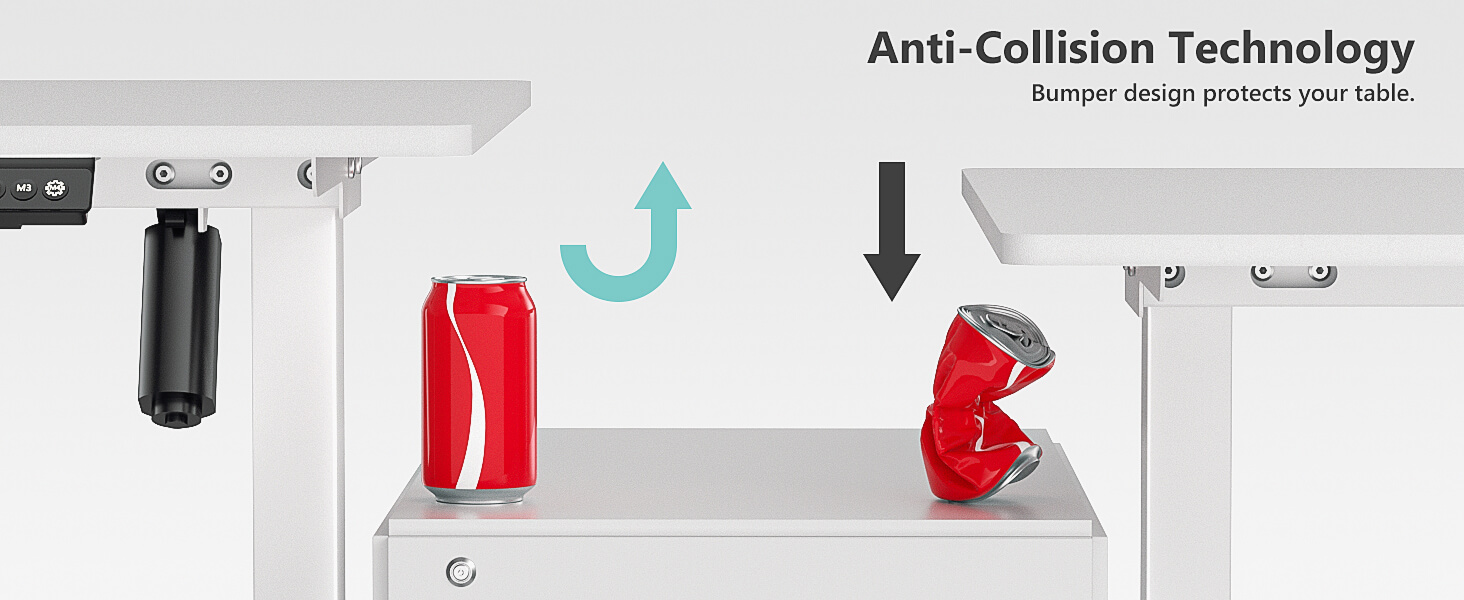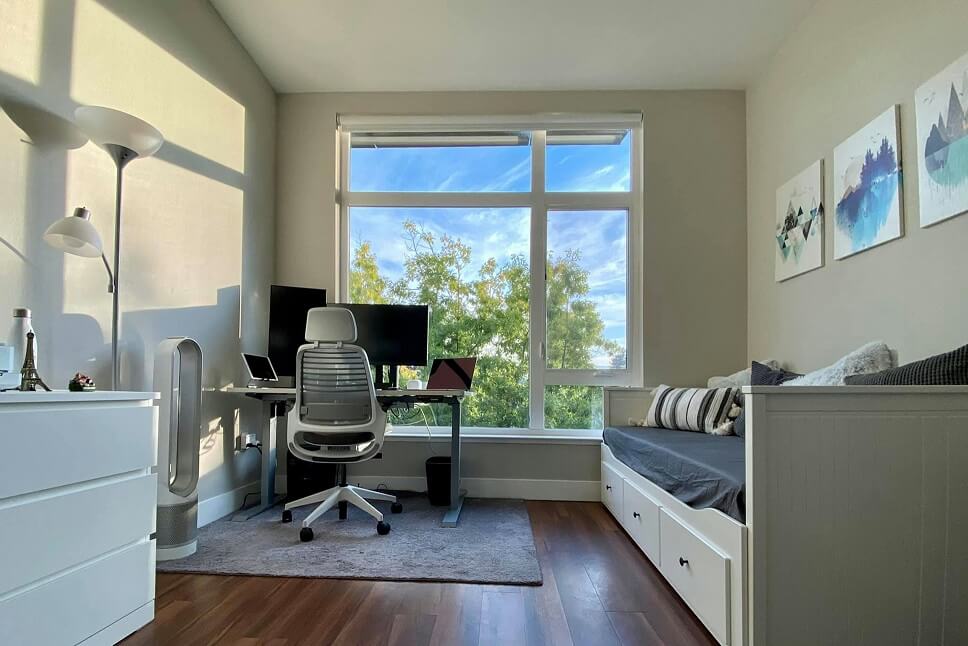As a remote worker, I spent long hours sitting at my desk. At first, I didn’t think much about it. But over time, I started to notice the negative effects. Back pain, neck stiffness, and constant fatigue became part of my daily routine. After some research and reflection, I decided to try something new: I switched to a standing desk. In this case study, I will share my experience with the change, highlighting the challenges, benefits, and overall impact on my health and productivity.
The Challenges of a Sedentary Workday
Before I made the switch to a standing desk, I was used to sitting for hours at a time. Whether I was working on emails, writing reports, or attending virtual meetings, I spent almost the entire day seated. At first, it didn’t seem like a big deal. But over time, I began to feel the toll it was taking on my body.
My back and neck constantly ached, and I started to slouch more often. I also became easily fatigued. By mid-afternoon, I found myself struggling to focus and feeling mentally sluggish. This discomfort was affecting both my physical health and my ability to work efficiently.

Why I Chose a Standing Desk
The decision to switch to a standing desk didn’t happen overnight. I had heard of the benefits but wasn’t sure it would solve my problems. I doubted whether standing all day would actually be more comfortable than sitting. But as I researched the effects of sitting for long periods, I learned that the risks of prolonged sitting outweigh the discomfort of standing.
Studies show that sitting for extended periods is linked to several health issues, such as back pain, obesity, and heart disease. Standing, on the other hand, can help reduce these risks by improving circulation, promoting better posture, and increasing energy levels. I realized that standing for part of the day might help me overcome the challenges I faced as a remote worker.
The idea of alternating between sitting and standing seemed like the perfect solution. It offered flexibility and allowed me to change positions throughout the day, giving me the chance to move around and stretch without committing to standing all day.
The Transition to a Standing Desk
At first, I was unsure how I would adapt to a standing desk. The first few days felt awkward. My legs grew tired quickly, and I wasn’t sure if standing for hours would feel any better than sitting. However, I remained committed to the change.
I started with small increments—standing for 20-30 minutes each hour—and gradually increased the amount of time I spent standing. I adjusted my desk height to ensure my screen was at eye level, and I made sure my arms were at a 90-degree angle when typing. This initial setup took a little trial and error, but once I found the right configuration, I began to feel more comfortable.
One important thing I learned was the importance of movement. I made a habit of taking short walks or stretching every hour. This helped to keep my muscles from tightening up and gave me a break from standing.
The Health Benefits of Using a Standing Desk
Within the first week of using my standing desk, I noticed several improvements in my health.
1. Reduced Back and Neck Pain
The most immediate benefit was a reduction in back and neck pain. Sitting for long hours had placed a lot of strain on my spine. By standing, I relieved that pressure, which made a significant difference. I also noticed that my posture improved, which helped reduce tension in my shoulders and neck.
2. Increased Energy Levels
Standing throughout the day boosted my energy levels. When I was sitting, I often felt sluggish and tired, especially in the afternoon. Standing improved my circulation, which helped me stay more alert and focused. I no longer had that mid-day energy crash that used to slow me down.
3. Improved Posture
One of the biggest changes I experienced was a noticeable improvement in my posture. When I was sitting, I often slouched, which led to back pain and discomfort. Standing naturally encouraged me to stand upright, with my shoulders back and my head aligned with my spine. This improved my overall posture and helped alleviate muscle strain.
The Productivity Gains
The benefits of the standing desk weren’t limited to my health. I also experienced an improvement in my productivity.
1. Better Focus and Concentration
Standing helped me stay focused on my tasks. When I was seated, I found myself getting distracted more easily and losing focus. But standing kept me more engaged. Research has shown that standing increases blood flow to the brain, which improves cognitive function. I felt more mentally alert and could stay on task for longer periods of time.
2. Increased Productivity
The increased focus translated into better productivity. I was able to complete tasks faster and with greater attention to detail. Without the constant discomfort of sitting, I could work longer without feeling fatigued or mentally drained. The standing desk made a noticeable difference in my ability to get things done.
3. More Flexibility in Work Habits
Having the flexibility to switch between sitting and standing helped me vary my work habits. For example, standing worked best for tasks that required brainstorming or problem-solving, while sitting was more comfortable for detailed work like reading or reviewing documents. This variety kept me from getting bored or feeling stiff, which helped me maintain my productivity throughout the day.

The Long-Term Impact
After several months of using my standing desk, the benefits have become even more evident. My back pain has significantly reduced, my posture has improved, and I feel more energetic throughout the day. I’ve also noticed that I can stay focused for longer periods of time and complete tasks more efficiently.
The flexibility to switch between sitting and standing has given me a healthier, more productive work routine. I no longer feel mentally drained after long hours of sitting, and I’m able to move more freely throughout the day. Overall, my work life has become more balanced, and I feel better both physically and mentally.
Conclusion: A Worthwhile Investment
Switching to a standing desk was one of the best decisions I made as a remote worker. The health benefits—reduced pain, increased energy, and improved posture—have made a significant difference. On the productivity side, I’ve noticed better focus, faster task completion, and overall higher efficiency.
If you’re a remote worker who spends hours sitting at your desk, a standing desk may be the change you need. It’s an easy way to improve your health and productivity without drastic lifestyle changes. For me, it has been a simple yet effective solution that’s transformed my workday.
